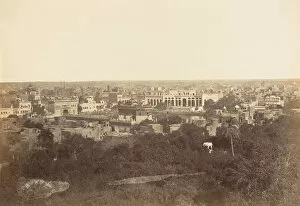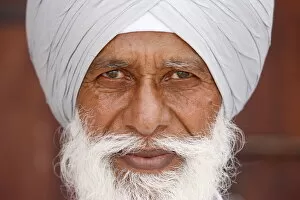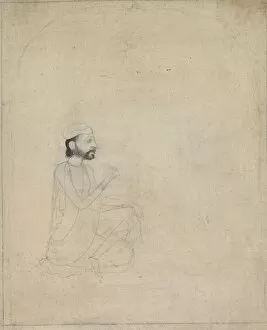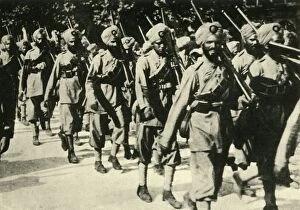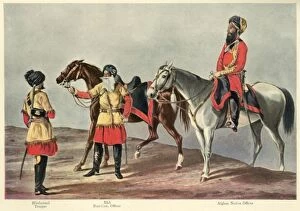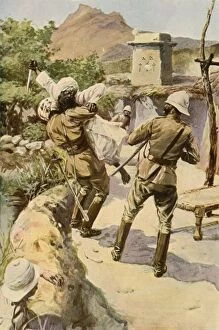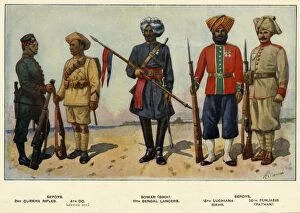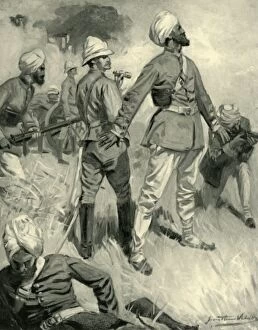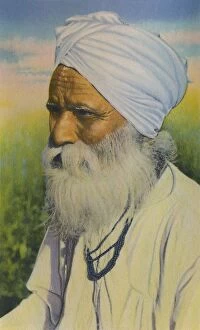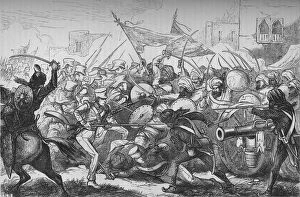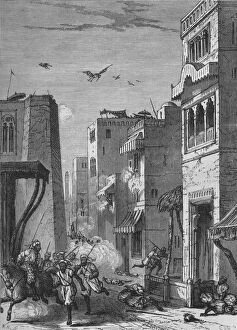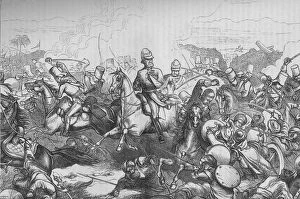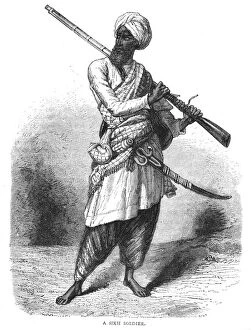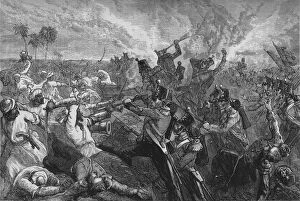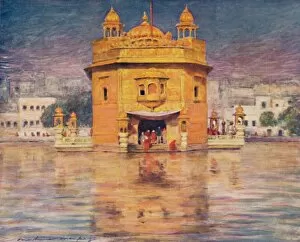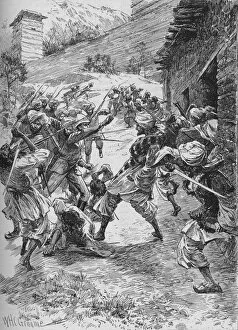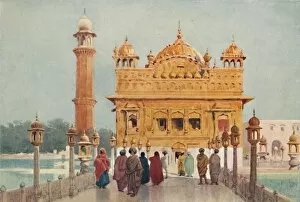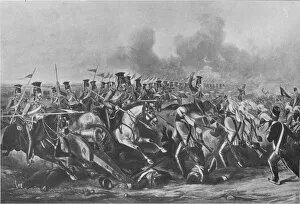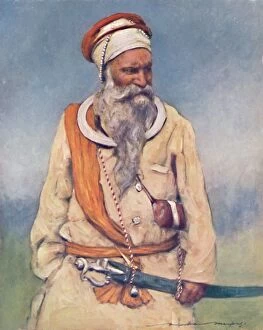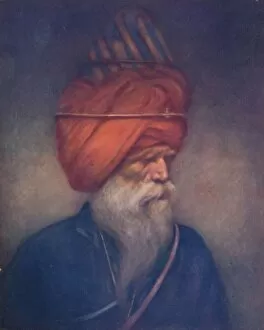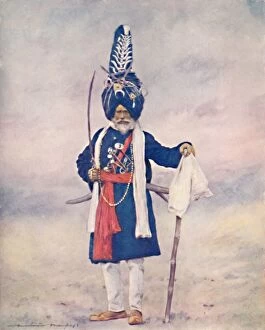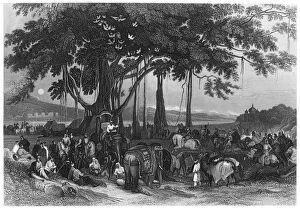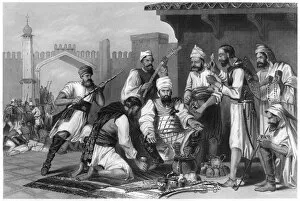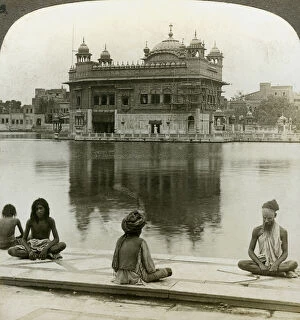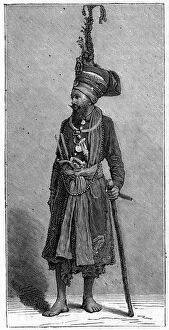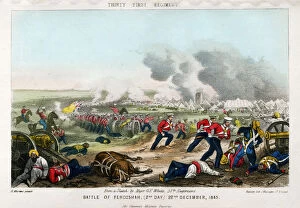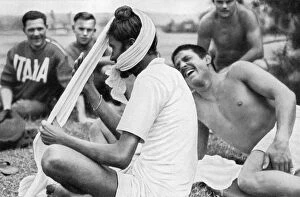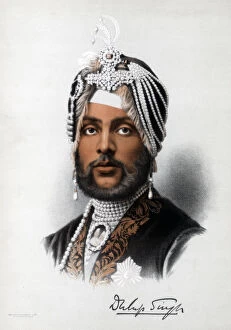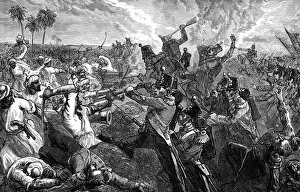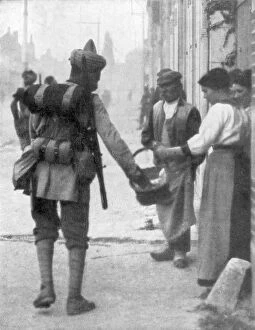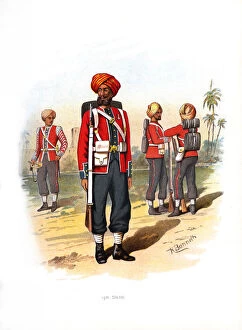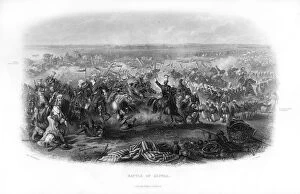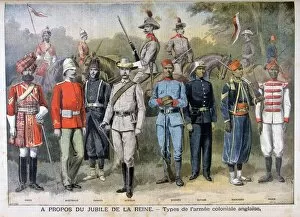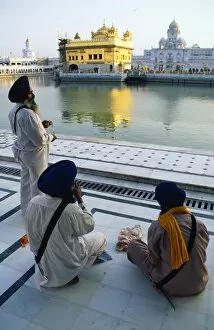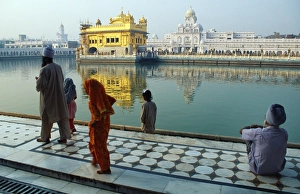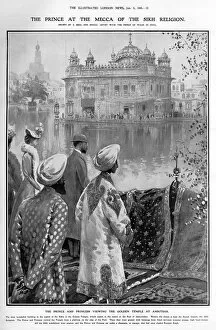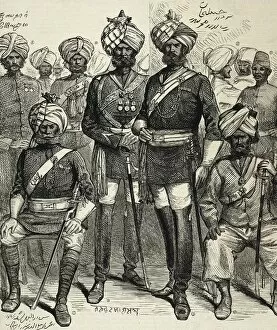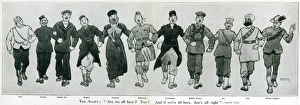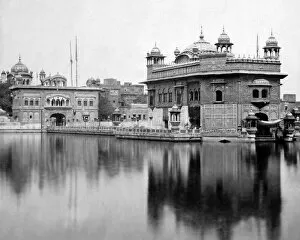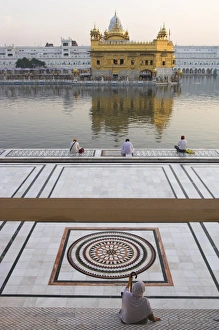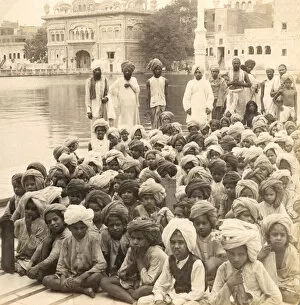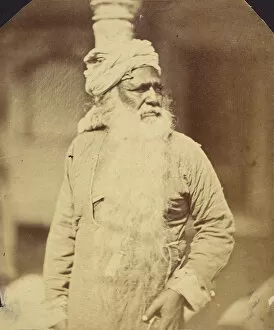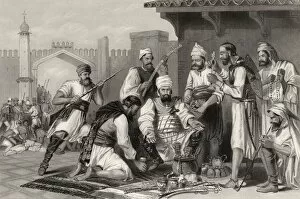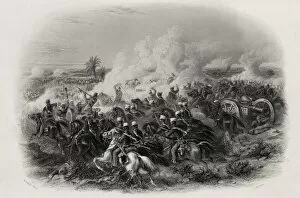Sikh Collection (page 7)
"Sikh: A Journey of Faith, Resilience, and Unity" The Sikh Golden Temple of Amritsar, Punjab
For sale as Licensed Images
Choose your image, Select your licence and Download the media
"Sikh: A Journey of Faith, Resilience, and Unity" The Sikh Golden Temple of Amritsar, Punjab, India stands as a testament to the unwavering faith and devotion of millions. Known as The Harmandir Sahib or The Golden Temple, this sacred place is not only a spiritual center but also an architectural marvel that reflects in the tranquil pool surrounding it. The history of Sikhs is intertwined with significant events like Partition which divided East and West Punjab. Despite the challenges faced during those times, Sikhs have always stood together in unity. This sentiment is beautifully captured in the Together Poster that symbolizes their collective strength. Every year, countless Sikh pilgrims flock to the Harmandir Sahib seeking solace and enlightenment. Their presence adds to the aura of spirituality that permeates through every corner of this holy site. Sikhs have also displayed immense bravery throughout history. From the Battle of Sobraon in 1846 to World War I where Sikh soldiers fought valiantly alongside their comrades-in-arms, they have proven themselves on numerous battlefields. Amidst all these remarkable stories lies Amrit Sagar - a serene lake adjacent to the Golden Temple. It serves as a reminder that amidst chaos and turmoil, there exists an oasis of peace where one can find solace for their soul. The Charge of Light Dragoons at the Battle of Ramnuggur showcases how Sikhs fearlessly defended their beliefs against all odds. Their unwavering determination has inspired generations after generations. In front of this majestic shrine stand proud Sikhs adorned in traditional attire – a sight that evokes reverence and admiration for their rich heritage and cultural identity. One cannot overlook the significance carried by miniature metal Sikh kirpan daggers – symbols representing courage and protection cherished by every devout follower. Sikhism embodies resilience; it is more than just religion; it's a way of life rooted in love, equality, and selfless service.

